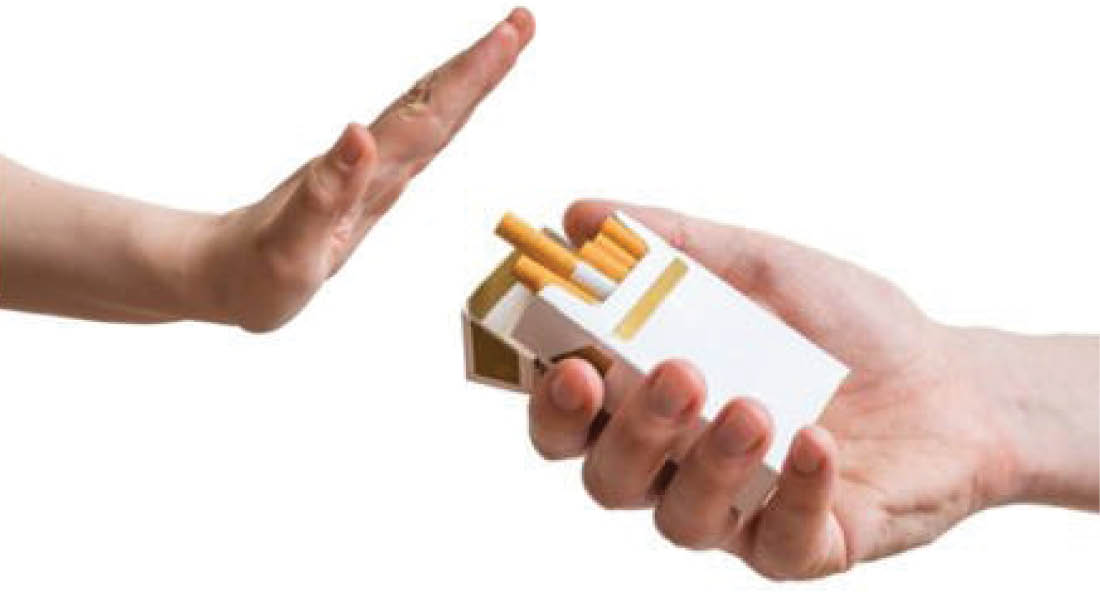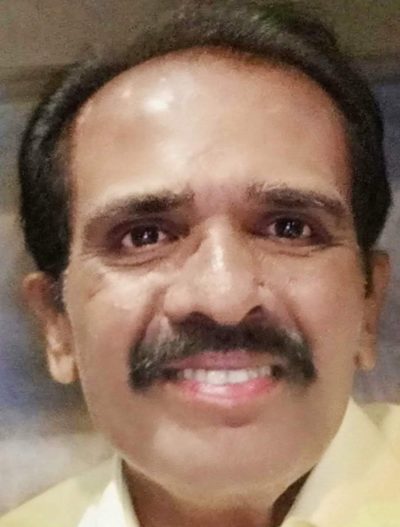

Tobacco use in India – An evil with many faces. Global Adult Tobacco Survey (GATS), a global standard for systematically monitoring adult tobacco use and tracking key tobacco control indicators reported a steep decline in tobacco consumption in India in its second survey report published on June 23, 2017. India is the world’s largest democracy, the second largest consumer and third largest producer of tobacco. Tobacco control results from India take on a global significance in terms of impact on total mortality and disease burden. In the last five years, the country has witnessed a number of legal battles between the government and the tobacco industry with favourable results on tobacco control. Despite tremendous resistance and litigation from the tobacco industry, the Ministry of Health imposed an 85% pictorial warning on tobacco packets from 1st April 2016.
Dual tobacco use in India:
A dual tobacco user uses both smoking and smokeless forms of tobacco. According to GATS India 2009- 2010, the prevalence of dual tobacco use was 5.3% (men 9.3%; women 1.1%), amounting to 42.3 million adults.
Indian Initiatives:
No tobacco day is celebrated by organising public marches, demonstration programmes, big banners, advertising campaigns through educational programs, direct oral communication with common public to encourage them to stop smoking. Meetings are organised for involved campaigners, marches, public debates, anti-tobacco activities, public art, health camps, rallies and parades, implementing new laws to restrict smoking in particular areas and many effective activities.
Individuals from different region of the country, non-profit and public health organizations get participated very actively in the campaign celebration to get global success and involves in distributing placards, posters display having latest theme and information related to the bad effects of tobacco use or its product smoking. Taxes on various tobacco products in India were hiked with the aim to discourage use of any form of tobacco.
Voice of Tobacco Victims (VoTV), a campaign led by doctors and tobacco victims, played a pivotal role in the getting gutka/smokeless tobacco banned. (https://vovindia.org). The 360-degree campaign involved legal battle, advocacy, media, and research. The VoTV network reached several medical societies and hundreds of individual doctors to increase engagement in tobacco control advocacy. Tobacco victims with their grit and determination declared- “This is what tobacco did to us, we want to save others”.
Summary of GATS 2 Survey 2017: Pattern of Tobacco
1. 6% of adults aged 15 and above (267 millions) used tobacco in any form
2. 199 million use smokeless tobacco; 100 million smoke tobacco and 32 million smoke as well as chew tobacco.
3. The most commonly used tobacco products are Khaini (a type of smokeless tobacco) 85 million users and Bidi (hand rolled cigarette) 67 million users.
4. 199 million users live in rural area and 68 million in urban
Significant changes compared to GATS 1 (OCTOBER 2010)
1. 17% relative decrease in tobacco prevalence
2. Tobacco use among 15-24 year olds showed relative reduction of 33% and for 15-17 year olds there was a 54% reduction.
3. The age of initiation of tobacco use increased by 1 year (17.9 to 18.9).
4. While there was a decrease in second-hand smoke exposure in public places (6%) and at home (13%), there was no decrease in workplaces.
5. 9% (83 % to 92%) more believed that second-hand smoke is harmful
6. 7% (89% to 96%) more believed that smokeless tobacco is harmful
Areas of concern that remain still
1. 68% of smokers, 17% of Bidi smokers, and 50% of smokeless Tobacco users purchase loose Tobacco.
2. 30% of those who work indoors are exposed to second-hand smoke
3. 23% adults are still exposed to SHS at public places.
4. Nearly 10% of people still notice some form of tobacco advertisement.
5. Despite the Gutka ban, 51 million people were still able to buy Gutka.
We must commend Government of India for the commitment to Tobacco Control. We also recognize the efforts of several national/international NGOs, academic institutions and civil society activists who have contributed to this impressive result. GATS 2 demonstrate that the tobacco control strategies in India are going in the right direction. For continuing improvement, the country needs further strengthening of policies, particularly enforcement of tobacco control laws. Comprehensive national smoke-free laws protect over 1.4 billion people, or only 20% of the world’s population. Every person should be able to breathe tobacco-smoke-free air. Smoke-free laws are popular, protect the health of non-smokers, do not harm business and also encourage smokers to quit smoking or use of tobacco in any form.


Dr.N.Mariappan
Plastic surgeon, Chennai.
Ph: 9901043568
E-mail: drn_m@hotmail.com











